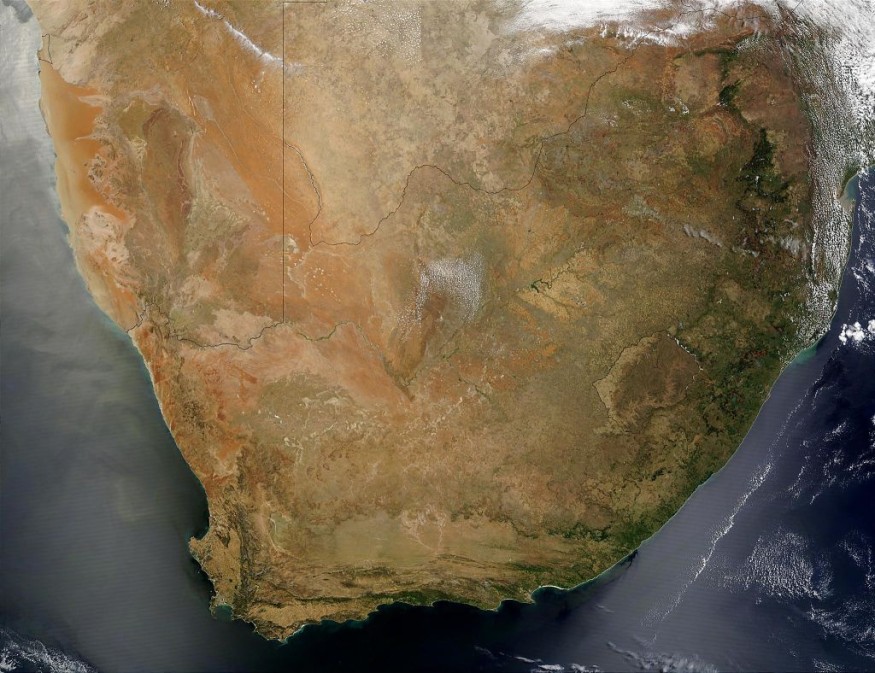Africa is splitting in half as a new ocean could form along the East African Rift in the next millions of years, according to scientists. The disappearance of the tectonic rift and its transformation into an oceanic rift can divide Africa into two continents. This could make some landlocked countries like Uganda and Zambia have their own coastlines, which could also serve as a new maritime route if humans are still alive at the time.
Dubbed 'the great Africa split-up,' the process was not discovered overnight. In fact, the geological process called tectonic shift has been taking place for several years already. The shift involves a crack between three tectonic plates across the African region such as the African Nubian plate, the African Somali plate, and the Arabian plate, which are distancing themselves from each other.
Furthermore, the said phenomenon is not the first of its kind. For millions of years, the constant movement of tectonic plates led to the continent landmasses, including Africa and Eurasia, that we see today, and they all came from a once supercontinent called Pangea. This event not only affects the structure of landmasses but also shapes the world's oceans and divides them as well.
Africa Splitting in Two

The crack, which stretches 35 miles long in Ethiopia's deserts in 2005, pave the way for the onset of the emergence of a new sea along the continental rift. Findings about this seismic data were published in the peer-reviewed journal Geophysical Research Letters, as cited by The Economic Times.
Christopher Moore, a student of a doctorate at the University of Leeds in the UK, stated the African rift is the only place on Earth where one can study how a continental rift transforms into an oceanic rift, as cited by The Economic Times. Related tectonic shifts were also recorded between the borders of northeastern Africa and the Middle East, leading to the formation of the Red Sea and the Gulf of Aden.
Tectonic Plates Movement
In February 2023, Geology professor Abbas Sharaky, at Cairo University, explained to TV host Amr Adib during a program that reports about Africa splitting in halves goes back 60 years ago and has a scientific basis, as cited by the Egypt Independent.
Sharaky stated the data highlights the widening of the crack along the East African Rift by 1 centimeter annually, relating the event to the Red Sea which also expands by around 2 centimeters each year.
In relation to the Africa split-up, the United States Geological Survey (USGS) said tectonic plate movements involved four types of edges known as plate boundaries: divergent boundaries, convergent boundaries, transform boundaries, and plate boundary zones.
Yet, scientists have now understood how these plates move and how they are related to earthquakes. In addition, most of these motions occur along narrow zones between the plates, resulting in plate-tectonic forces, according to the USGS.
© 2025 NatureWorldNews.com All rights reserved. Do not reproduce without permission.





